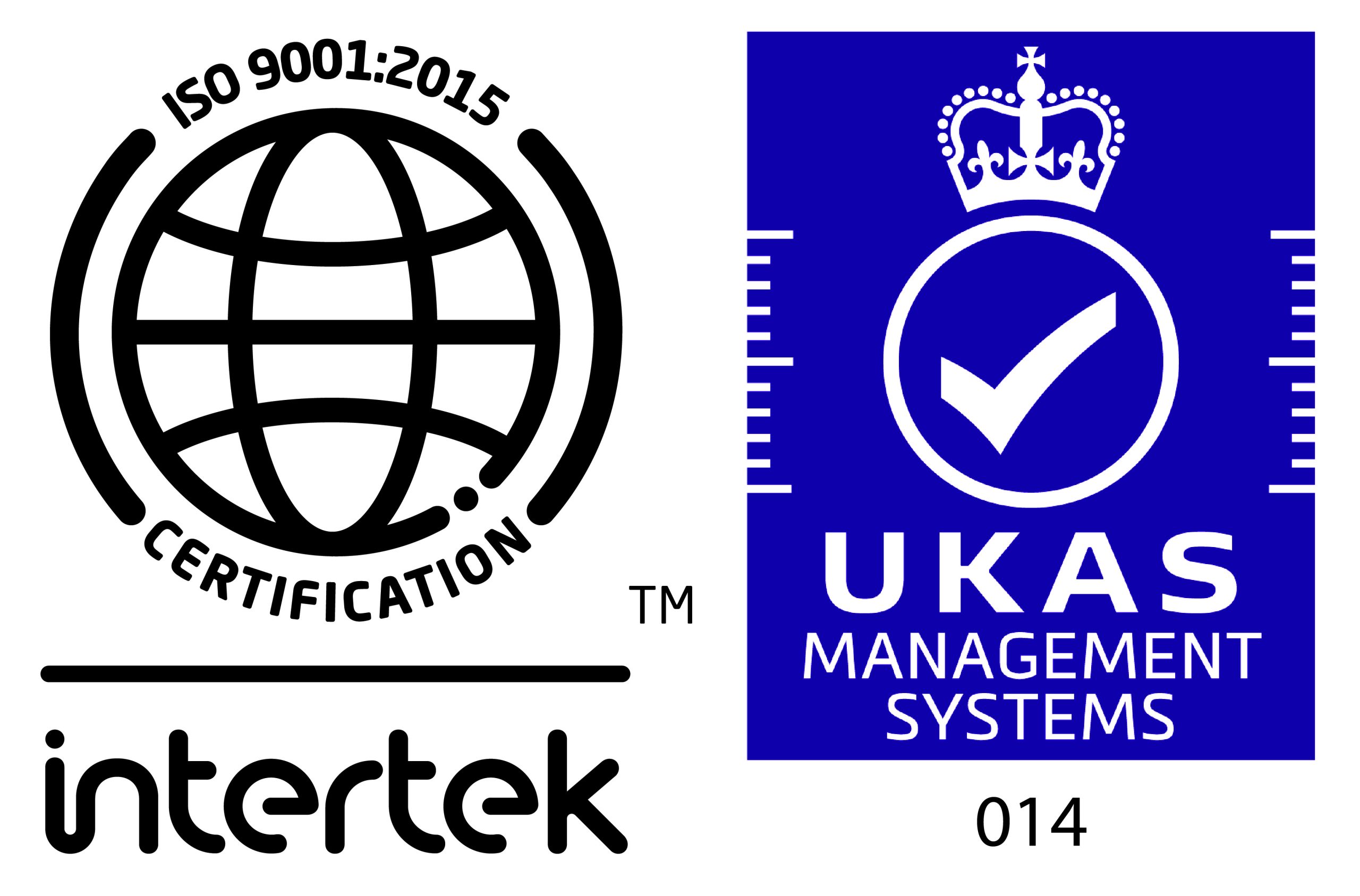What is a mouse mover?
A mouse mover, also known as a mouse jiggler, is a device or software that keeps a computer mouse in motion to prevent the computer from going idle. It can be a small physical device placed under a mouse or inserted in a USB port, or a software application that simulates mouse movement. The purpose of a mouse mover is to give the impression that the user is actively working on their computer, even when they are not present. Remote workers can use this to avoid being detected as inactive or away on communication platforms like Microsoft Teams.
Why should you be concerned?
Productivity
Mouse movers can give a false impression that an employee is actively working when they are not. This can lead to decreased productivity as employees may engage in non-work activities while their computer appears to be in use.
Misrepresentation of work hours
Employees can use mouse movers to deceive you about their working hours. This can result in inaccurate time tracking and billing, leading to financial losses for the company.
Breach of trust
Using a mouse mover indicates dishonesty. You rely on your employees to be truthful and transparent about their work activities, and using such devices undermines this trust.
Security risks
Mouse movers, especially software or USB drives, can pose security risks to your company’s network. Unauthorised software or devices connected to work on computers can introduce malware or compromise sensitive data. They also prevent an unattended computer from locking its screen after a timeout period.
Breach of company policies
Most organisations have policies for acceptable computer use and prohibited activities. Mouse movers typically go against these policies, and you should be concerned about employees disregarding established rules.
Has any employer dismissed someone for a mouse mover?
Yes. US bank Wells Fargo dismissed more than twelve employees for unethical behaviour following allegations they had used mouse movers that gave the ‘impression of active work’. It did not disclose the total number. However, the US, unlike the UK, lacks unfair dismissal laws that protect employees.
How can you deal with mouse moving?
Prevention
Warn staff of the consequences of using mouse movers.
E-MAIL TO STAFF PROHIBITING THE USE OF MOUSE MOVERS
The purpose of this e-mail is to advise all staff that hardware devices and software applicationss that emulate computer mouse movement, such as mouse movers or mouse jigglers, are prohibited in the workplace. They must not be installed on, plugged into or used on work computers or laptops under any circumstances. This prohibition applies regardless of whether you are working in the office or remotely.
Failure to comply with this prohibition is a disciplinary offence, and any employee found to be illicitly using such a device or application will face disciplinary action under the company’s disciplinary procedure, up to and including summary dismissal for gross misconduct.
Deterrence
To deter the use of these devices/applications: prevent staff from downloading unauthorised software or attaching unauthorised USB devices to work PCs.
What are the legal implications?
The full facts surrounding the dismissal have yet to be discovered. In the UK, if such a situation arose, it would be essential to ascertain why employees were using such methods in the first place. If it were an attempt to circumvent some form of employee monitoring system, it would be essential to find out what monitoring was in place and why.
Data Privacy
In compliance with the UK General Data Protection Regulations and the Data Protection Act 2018, if you intend to monitor your employees ensure that the purpose for processing their data is clear and justified, that the monitoring is proportionate, and that there are no other less intrusive methods of achieving the intended objective. You should have clear policies informing employees about the extent and nature of monitoring.
What should you do now?
Review
Update or implement your policies on acceptable behaviour when working remotely, including actions that might constitute disciplinary matters. Ensure any such policies are communicated to employees, including any updates.
Training
Train employees about the risks of following potentially harmful social media trends and the importance of professional conduct. Ensure that any disciplinary actions are fair, proportionate, and in line with established procedures.


